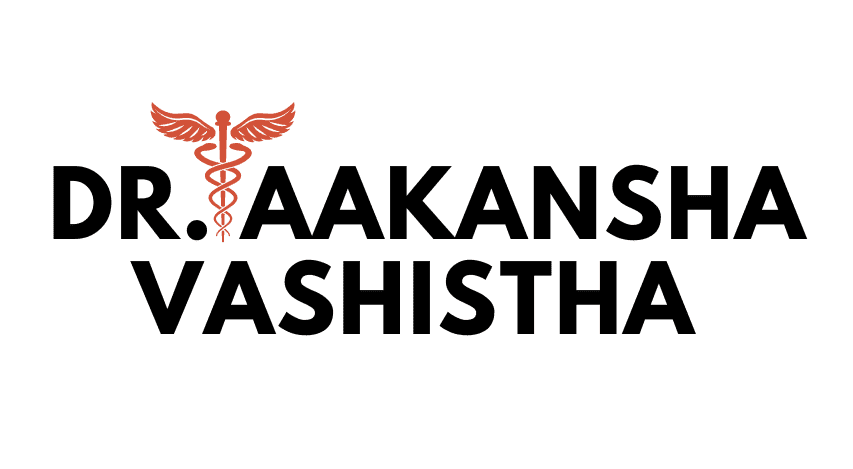- +91-856 184 0164
- connect@draakanshavashistha.com
- Jaipur (RAJ) INDIA
CONTACT US
- +91-856 184 0164
- Jaipur (RAJ) INDIA
- connect@draakanshavashistha.com

Aesthetic Surgery | Cosmetic Surgery | Plastic Surgery
PROCEDURE : SURGICAL
What is Buttock Augmentation?
Buttock augmentation is a cosmetic procedure designed to enhance the size, shape, and contour of the buttocks. This can be achieved through fat transfer, known as a Brazilian Butt Lift (BBL), silicone implants, or a combination of both techniques.
Who is a good candidate for Buttock Augmentation?
Buttock augmentation is a cosmetic procedure designed to enhance the size, shape, and contour of the buttocks. This can be achieved through fat transfer, known as a Brazilian Butt Lift (BBL), silicone implants, or a combination of both techniques.
Who is a good candidate for Buttock Augmentation?
- Individuals who are at a stable and healthy weight Those who desire a fuller, more contoured buttock appearance Patients without significant skin laxity; if present, a buttock lift may also be necessary
- Gluteal Implants: Silicone implants are inserted either below the fascia or within the gluteus muscle for added volume and contour.
- Brazilian Butt Lift (BBL): Fat is harvested from other areas of the body through liposuction and then injected into the buttocks.


Before

After
What are the benefits of Gluteal Implants?
The BBL involves liposuction to remove fat from areas like the abdomen or flanks. The harvested fat is purified and then injected into the buttocks to enhance volume and shape.
What is the recovery process for Buttock Augmentation?
- Subfascial Placement: Avoids muscle dissection and reduces the risk of sciatic nerve injury.
- Intramuscular Placement: Provides a more natural contour but requires dissection of the gluteus maximus muscle.
The BBL involves liposuction to remove fat from areas like the abdomen or flanks. The harvested fat is purified and then injected into the buttocks to enhance volume and shape.
What is the recovery process for Buttock Augmentation?
- Patients can expect moderate pain controlled with medication.
- Wearing compression garments and avoiding sitting or lying on the buttocks for several weeks is essential.
- Strenuous activity should be avoided for at least 4 weeks, with most patients resuming normal activities within 6-8 weeks.

What are the risks associated with Buttock Augmentation?
Results from buttock augmentation are typically long-lasting, especially with proper post-surgical care and maintenance of a stable weight.
What is involved in the preparation for Buttock Augmentation surgery?
Buttock augmentation focuses on enhancing volume and shape, while a buttock lift is aimed at removing excess skin and fat, often following significant weight loss.
What should you expect during a Buttock Augmentation consultation?
Yes, it is often combined with other body contouring procedures like a tummy tuck or thigh lift for a more comprehensive transformation.
What are the signs of a successful Buttock Augmentation?
Board-certified surgeons have the necessary training and expertise to perform this technically demanding procedure safely, minimizing the risk of complications.
- Potential complications include fluid buildup, poor wound healing, scarring, and changes in skin sensation.
- Specific risks are associated with the BBL, such as fat embolism, which can be life-threatening if not performed by a qualified surgeon.
Results from buttock augmentation are typically long-lasting, especially with proper post-surgical care and maintenance of a stable weight.
What is involved in the preparation for Buttock Augmentation surgery?
- Patients may need to stop smoking and avoid certain medications that can increase bleeding.
- Maintaining a stable weight for several months before surgery is crucial for optimal results.
Buttock augmentation focuses on enhancing volume and shape, while a buttock lift is aimed at removing excess skin and fat, often following significant weight loss.
What should you expect during a Buttock Augmentation consultation?
- The surgeon will review your medical history, perform a physical exam, and discuss your aesthetic goals.
- A customized surgical plan will be created based on your anatomy and desired outcome.
Yes, it is often combined with other body contouring procedures like a tummy tuck or thigh lift for a more comprehensive transformation.
What are the signs of a successful Buttock Augmentation?
- A more defined and fuller buttock contour that aligns with your aesthetic goals.
- Minimal visible scarring and a smooth recovery process.
- Adhering to a healthy diet and exercise routine to prevent weight fluctuations that can impact the surgical outcome.
- Following all post-operative care instructions provided by your surgeon.
Board-certified surgeons have the necessary training and expertise to perform this technically demanding procedure safely, minimizing the risk of complications.
#ButtockAugmentation #BrazilianButtLift #BBL #GlutealAugmentation #ButtLift #GlutealImplants #FatTransfer #BodyContour #CosmeticSurgery #ButtockEnhancement #SiliconeImplants #BodySculpting #PlasticSurgery #ButtockImplants #SurgicalEnhancement #ButtockSurgery #BBLSurgery #GlutealFatTransfer #ButtockVolume #ButtockContour #PostSurgeryCare #BodyTransformation #AestheticSurgery #PlasticSurgeon #ButtockShape #GlutealAugmentationSurgery #ButtockProcedure #AugmentationRecovery #CosmeticEnhancement #SurgeryRisks #SurgicalRecovery #ButtockImplantSurgery #FatGrafting #ButtockLift #BodyEnhancement #BBLRisks #SurgicalContour #GlutealContour #ButtockAugmentationRecovery

